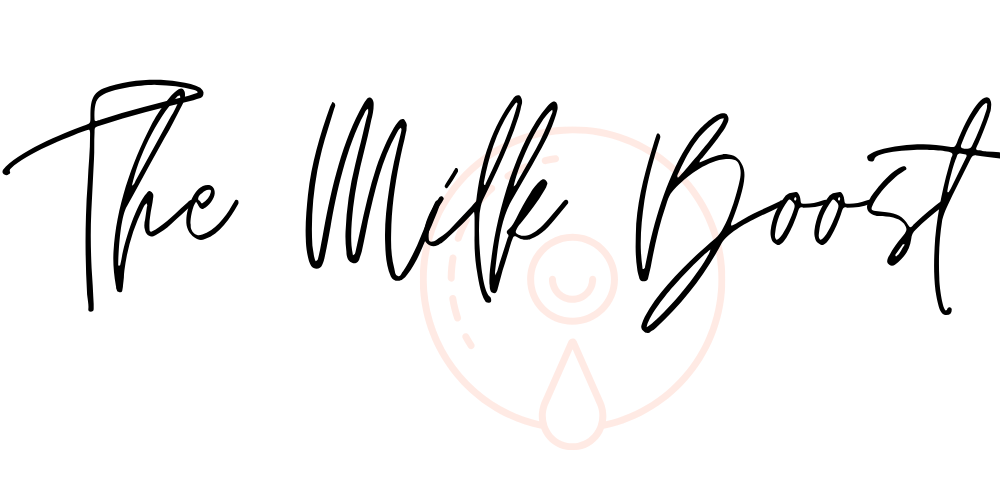This post contains affiliate links to products that we’ve tested, tried and used.
(How about “It’s All About That Latch”)?
Andrea Tran, RN, BSN, MA, IBCLC
Getting a good latch when you start breastfeeding is not only important; it is essential. Understanding what a good latch is, and knowing tricks to a successful latch is even more important.
A proper latch will make the difference between breastfeeding that hurts and pain-free nursing. Some moms know that their latch is not good, but they say they just want the baby to get on the breast. They are willing to suck it up (no pun intended) and bear with any pain they are feeling.
However, A bad latch doesn’t just affect nipple pain. A shallow latch can prevent your baby from being able to get enough milk. I tell moms that taking the time to latch correctly results in a win-win situation for both her and her baby.
How to Get a Deep Latch Every Time You Breastfeed
Follow these steps, and you should be able to breastfeed your baby with a smile on your face.
- Position baby so he is facing you.
- This will be “tummy to tummy” in the cradle, cross-cradle and side-lying positions
- In Football hold, your baby’s tummy should be facing the side of your body.
- Your baby’s nose should be directly across from your nipple (“nose to nipple”).
- Firmly support his neck and shoulders with your hand.
- Keep your hand off the back of your baby’s head. This helps you avoid pushing his head down towards his chest instead of in towards your breast.
- Hold your breast, so it is shaped like a sandwich.
- Your thumb should be across from his nose and your index finger across from his lower lip.
- Touch your baby’s upper lip with your nipple.
- Just rest it there, don’t move it back and forth.
- Wait for baby to open his mouth wide.
- Pull him into your breast quickly and closely.
- Remember to bring your baby to your breast and not move your breast to the baby.
Look for These Signs of a Good Latch
- It shouldn’t hurt after the first 10-20 sucks. Count them to help distract from any pain you might feel initially.
- It might be uncomfortable with the first few sucks, as your baby draws the nipple to the back of her mouth.
- Your baby’s chin should be pressed into your breast.
- His nose should not be pushed into your breast. There should be a space between his nose and your breast or just barely touching it.
- There are no clicking sounds or smacking noises
- Baby’s lips are flanged out (fish lips)
- When your baby sucks his ears wiggle.
You also may like: Top-Rated Breastfeeding Necessities Every Mom Needs
Latch and Nipple Pain
Nipple pain is one of the most common reasons moms give up breastfeeding. Who can blame them? It is miserable to do something eight or more times a day when it causes toe-curling pain.
Unrelieved nipple pain can also lead a mom to decide to pump exclusively. This is a solution that works for some moms, but it is also very time-consuming. If nipple pain is making you consider this option, try these latching tips first. They can make all the difference in the world.
It is incredible how powerful a little newborn’s suck is. You are definitely going to feel a strong sensation. It should feel like a tug. It should not be a pinching sensation.
A good, deep latch should eliminate nipple pain. If you have cracks or blisters on your nipples, they should start to heal quickly after latching better.
If nipple pain does not go away, you should see a lactation consultant. She can evaluate if something like a tongue-tie or abnormal sucking behavior is causing the pain. These are things that cannot be diagnosed just by looking at a baby latch. A thorough evaluation of their mouth, tongue, and suck needs to be performed.
Things to Make Getting a Good Latch Easier
- Your baby will be easier to latch if you feed him when he is hungry. Watch for his hunger cues.
- Opening and closing his mouth
- Turning his head when you stroke his cheek
- Smacking his lips
- Sucking on his hands
- Make yourself comfortable.
- Use pillows, so baby is at a comfortable height, and you don’t have to hunch over. Nursing pillows are great, but regular pillows work too.
- Use a nursing stool. This will also help to keep you from hunching over.
- Don’t put mittens on your baby’s hands.
- A baby’s hands are an essential part of his feeding behavior. Mittens can confuse him.
When Baby’s Hands Get In the Way
It is frustrating to mom when their baby tries to suck on his hands when she is trying to latch him. If your baby does this, don’t push his hands away.
He is sucking on them for a reason. It is how he calms and organizes himself. Keep touching his upper lip with your nipple. After a few seconds, most babies will let go of their hands and open their mouth for mom’s breast.
The first few weeks of breastfeeding are a time of learning. The curve is a steep one. Before you know it, you will be latching easily in the middle of the night without even thinking about it!

